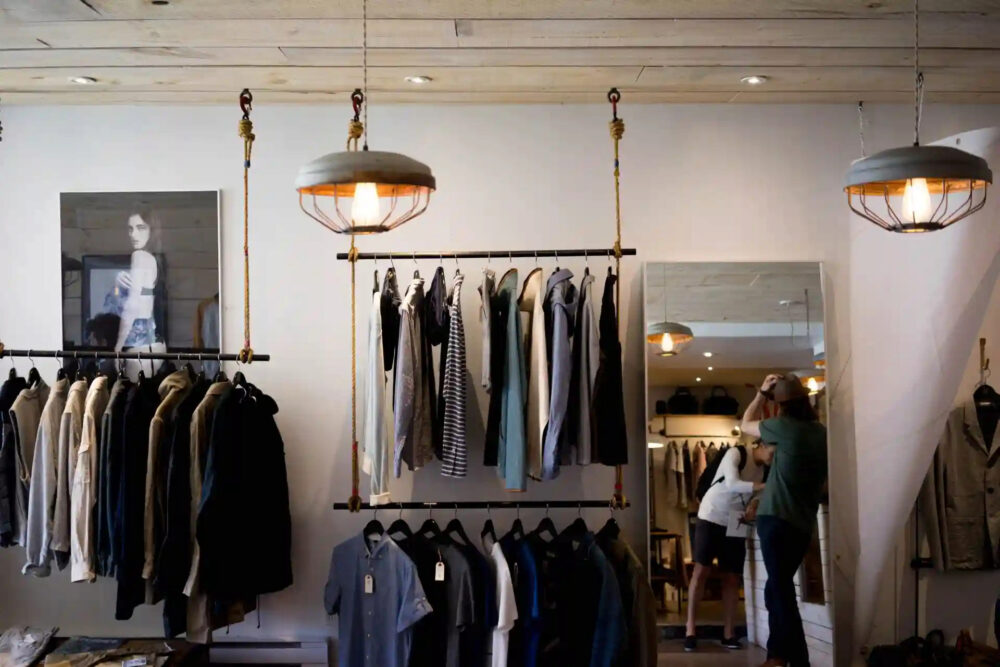In recent years, workwear has undergone a remarkable transformation, evolving from traditional office attire to fashionable statements that reflect personal style and individuality. As workplace cultures shift and fashion trends evolve, the boundaries between professional and casual attire have become increasingly blurred. From tailored suits to athleisure-inspired ensembles, the evolution of workwear reflects broader societal changes and shifting attitudes towards fashion in the workplace.
The Rise of Casual Fridays and Beyond
The concept of “Casual Fridays” first emerged in the 1990s as a way for companies to relax their dress codes and allow employees to dress more casually at the end of the workweek. This shift marked a departure from the rigid dress codes of previous decades, allowing workers to express their personal style and feel more comfortable in the workplace. Over time, Casual Fridays expanded into “Casual Everyday,” with many companies adopting more relaxed dress codes throughout the week.
Blending Comfort and Style with Athleisure
One of the most significant trends in contemporary workwear is the rise of athleisure-inspired attire. Athleisure combines elements of athletic wear with casual and professional clothing, creating comfortable yet stylish outfits suitable for both work and leisure activities. This trend reflects a growing emphasis on health and wellness in the workplace, as well as a desire for versatile clothing that can seamlessly transition from the office to the gym or social events.
Embracing Individuality and Personal Expression
As workplaces become more diverse and inclusive, there’s a greater emphasis on allowing employees to express their individuality through their clothing choices. From bold colors and patterns to unique accessories, employees are encouraged to embrace their personal style and showcase their creativity in the workplace. This shift towards self-expression has led to a more relaxed attitude towards dress codes, with many companies prioritizing comfort and individuality over strict sartorial rules.
The Influence of Technology and Remote Work
The advent of technology and the rise of remote work have also had a profound impact on workwear trends. With more people working from home or in flexible environments, there’s less pressure to adhere to traditional office attire. Instead, many employees opt for comfortable yet stylish clothing that allows them to move seamlessly between work and leisure activities. This has led to an increased demand for versatile clothing options that are suitable for both virtual meetings and casual outings.
Sustainability and Ethical Fashion
Another notable trend in contemporary workwear is the growing emphasis on sustainability and ethical fashion. As consumers become more conscious of the environmental and social impact of their clothing choices, there’s a greater demand for sustainable and ethically produced workwear options. From eco-friendly materials to transparent supply chains, employees are seeking out brands that align with their values and prioritize ethical practices. This shift towards sustainability is not only good for the planet but also reflects a broader desire for authenticity and integrity in the workplace.
Conclusion
The evolution of workwear reflects broader shifts in societal attitudes towards fashion, individuality, and professionalism. From the rise of Casual Fridays to the embrace of athleisure-inspired attire, contemporary workwear is increasingly defined by comfort, style, and personal expression. As workplaces continue to evolve and adapt to changing cultural norms and technological advancements, so too will the way we dress for work. By embracing diversity, sustainability, and individuality, the future of workwear promises to be both fashionable and functional, reflecting the dynamic nature of modern work environments.
